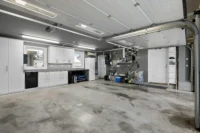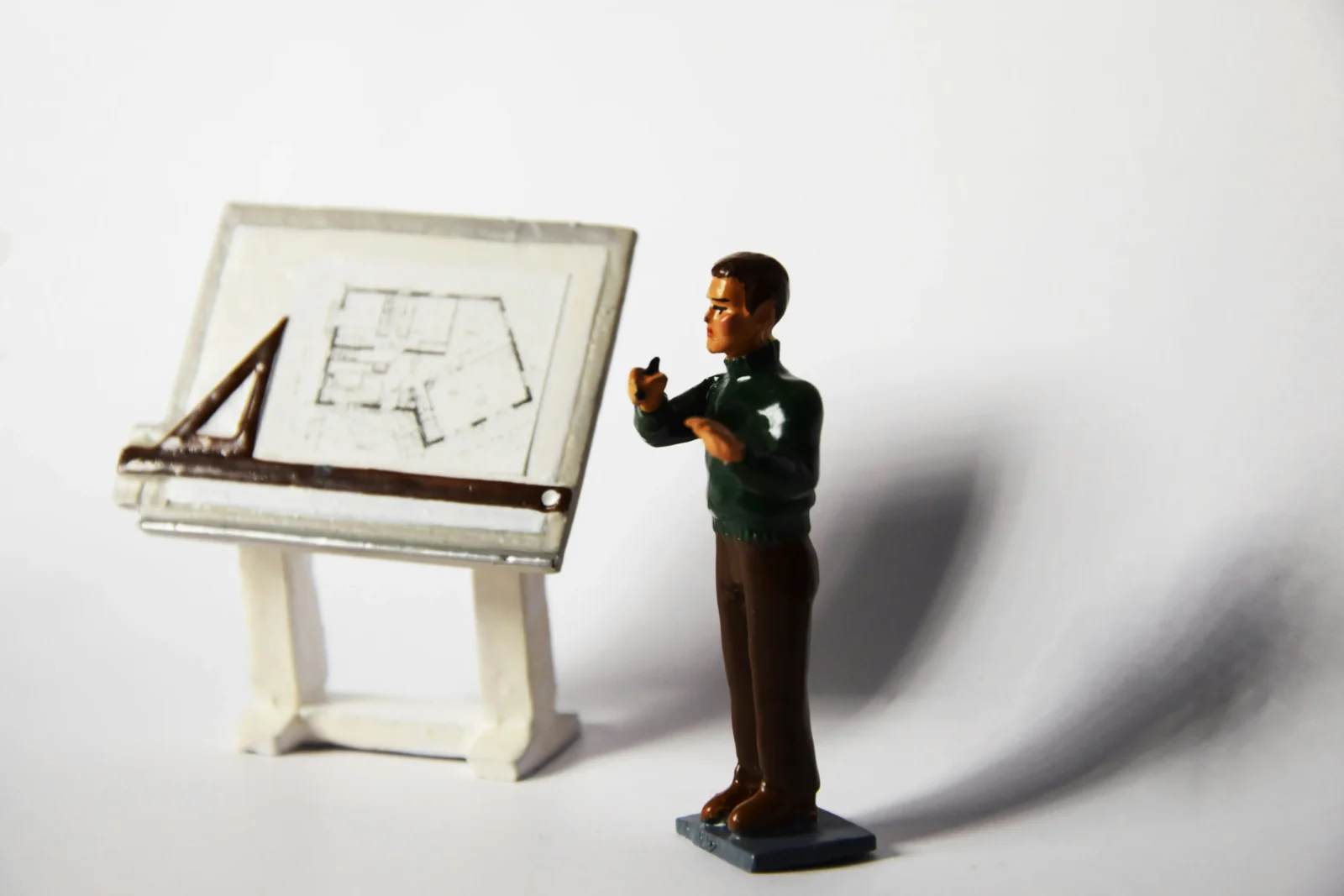- Home
- Articles
- Architectural Portfolio
- Architectral Presentation
- Inspirational Stories
- Architecture News
- Visualization
- BIM Industry
- Facade Design
- Parametric Design
- Career
- Landscape Architecture
- Construction
- Artificial Intelligence
- Sketching
- Design Softwares
- Diagrams
- Writing
- Architectural Tips
- Sustainability
- Courses
- Concept
- Technology
- History & Heritage
- Future of Architecture
- Guides & How-To
- Art & Culture
- Projects
- Interior Design
- Competitions
- Jobs
- Store
- Tools
- More
- Home
- Articles
- Architectural Portfolio
- Architectral Presentation
- Inspirational Stories
- Architecture News
- Visualization
- BIM Industry
- Facade Design
- Parametric Design
- Career
- Landscape Architecture
- Construction
- Artificial Intelligence
- Sketching
- Design Softwares
- Diagrams
- Writing
- Architectural Tips
- Sustainability
- Courses
- Concept
- Technology
- History & Heritage
- Future of Architecture
- Guides & How-To
- Art & Culture
- Projects
- Interior Design
- Competitions
- Jobs
- Store
- Tools
- More
Visual Thinking in Architecture: From Concept to Creation

Design often begins long before the first brick is laid. In architecture, the early stages of a project are rich with sketches, diagrams, and models that help bring abstract ideas into focus. These visual tools are not just aesthetic flourishes. They are essential parts of how architects think, communicate, and solve problems. For those exploring or offering architecture services, visual thinking serves as a bridge between creative vision and physical space.
Table of Contents
ToggleThe Language of Diagrams
At the heart of architectural thinking lies the diagram. Whether it is a quick hand-drawn sketch or a digitally generated bubble map, diagrams help clarify relationships between elements. They are a way to see how a space might function before deciding how it should look. This step is often where the core logic of a building is born.
Diagrams make it easier to test ideas. Is the building oriented toward natural light? Does the layout promote movement or create bottlenecks? Visual representations allow these questions to be explored early, when changes are easiest to make.
Beyond their utility in planning, diagrams also help in presenting a concept to others. A simple diagram can convey an idea far more quickly than a paragraph of text. It speaks a universal visual language that makes collaboration smoother and more intuitive.

Sketching to Explore Possibilities
Sketching is another vital part of the design process. Unlike diagrams, sketches are more fluid and open-ended. They capture emotion, mood, and atmosphere. A sketch might not show precise measurements, but it can evoke how a space feels.
For architects, sketching is not about drawing perfect lines. It is about thinking with the pencil. These loose drawings let designers explore options quickly. One idea leads to another, and a creative flow begins. The sketchbook becomes a lab for innovation.
Sketching also helps designers stay engaged with their ideas on a personal level. It can be a meditative act, a time to pause and reflect on the essence of a design. This human connection to the process adds depth to the final outcome.
Models: From Flat to Form
As ideas gain structure, physical or digital models help test them in three dimensions. Models are a powerful way to understand scale, proportion, and how a building relates to its surroundings. They allow both designers and clients to see the proposal as a whole.
Even simple models built from paper or foam can reveal issues not seen in flat drawings. Today, software also enables complex digital modeling, which can simulate materials, lighting, and performance before construction begins.

These models act as early prototypes, offering a tangible sense of space. They can be rotated, lit, and studied from various angles, providing insights that flat plans cannot. In many ways, they make design more democratic—accessible to anyone involved, regardless of technical background.
Communication and Collaboration
Architecture is rarely a solo effort. Clients, consultants, and contractors all play a role. Visual tools become the common language among these groups. A well-drawn plan or clear 3D view can avoid misunderstandings and help align expectations.
In professional settings, strong visuals make presentations more engaging. They support narratives and invite questions. More than decoration, these images function as arguments for a design’s logic and intent.
Visuals also support clearer documentation. They help track decisions over time and offer a reference for future work. This becomes especially valuable in complex projects where coordination among many parties is essential.
Visual Thinking Builds Better Design
The ability to think visually is more than a skill. It is a mindset that treats every mark on paper or screen as part of a larger design conversation. For firms offering architecture services, cultivating this mindset means staying connected to the process of discovery.
Visual thinking does not stop once construction begins. During site visits, sketches still help explain changes. Diagrams still guide decisions. Models still refine details. The tools may evolve, but their value endures.
In education and practice alike, encouraging visual thinking helps foster a culture of curiosity and openness. It leads to more thoughtful, responsive spaces. Whether in a bustling urban environment or a quiet mountain town, the principles remain the same.
In the end, visual thinking brings clarity to complexity. It helps ideas move from concept to creation, from rough outlines to real places that shape how people live, work, and gather. And that is the heart of meaningful architecture.
illustrarch is your daily dose of architecture. Leading community designed for all lovers of illustration and #drawing.
Submit your architectural projects
Follow these steps for submission your project. Submission FormLatest Posts
Understanding Section Drawings in Architecture: A Practical Guide
Learn section drawings in architecture: what they are, types, symbols, lineweights, and...
5 Things to Prepare Before Making Financial or Legal Commitments
Are you planning to sign an agreement, invest money, or take an...
Best Resources for Aspiring Architects Today
Architecture schools teach design theory really well. But they often skip the...
Architecture Mapping & GIS Tools and Resources in 2025
A comprehensive guide to the best architecture mapping tools and GIS platforms...












Leave a comment